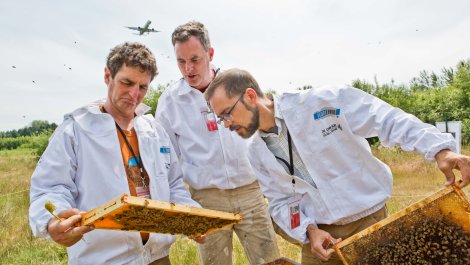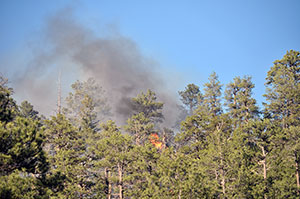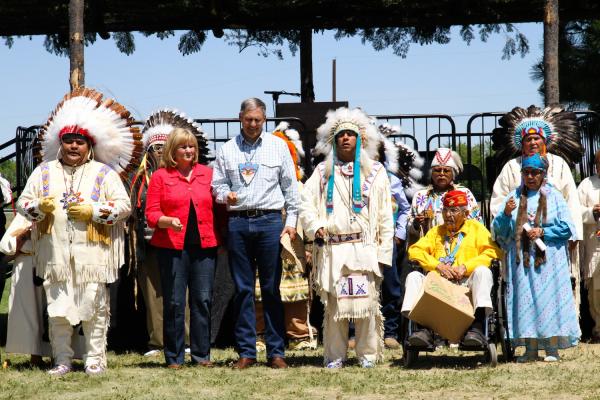By Brandi N. Montreuil, Tulalip News
TULALIP – With the recent events surrounding the major mudslide that occurred four miles east of the OSO community and resulted in 42 confirmed deaths, cities across the region are re-examining their emergency preparedness plans. In Tulalip, with help from a 2011 $137,000 Tribal Homeland Security grant, a plan is in the implementation phase to provide long-term food and water storage for the Tulalip Reservation.
The need for such a plan arose during the Tulalip Tribes 2010 emergency planning update that included the Tribe’s housing mitigation plan. It was noted at that time that the Tribe lacked the capability to store long-term food or water in the case of a catastrophic event.
Starting in the fall of this year, Tulalip citizens will begin to notice 8×20-foot mobile or cargo trailers placed around the reservation. These trailers will be stocked with 72-hour emergency kits with solar radios and long-term shelf food.
To ensure citizen’s dietary needs are considered, Sandy Evans the Tulalip Medical Reserve Corp Coordinator, will work with a dietician to purchase foods that meet dietary standards, such as diabetic approved foods.
“We are also looking to buy about 30, 55-gallon water barrels and water purification methods and blankets,” explained Rochelle Lubbers, Tulalip Tribes Emergency Management Coordinator. “The emergency kits are the largest cost, and we are not putting a large emphasis on buying shelter equipment, because history shows that people want to stay near their home. They find a way to either camp near their home, or find a relative to stay with. If we ever did need extra sheltering the Red Cross would help.”
Lubbers explains the storage trailers being purchased are specifically to be used in case of catastrophic disasters that would impact not only Tulalip, but also the region surrounding Tulalip, and will be used to service the entire Tulalip Reservation, including non-Tulalip members.
“I can’t say there is a distinction at this time in the plan regarding non-tribal members. The trailers will be located in areas populated with tribal housing, so they naturally favor our tribal members. With that said, once something occurs, we are not going to disregard the need of other people in the community, we will all have to come together,” said Lubbers.
“Ideally we want these storage trailers to become a part of the community. We want the community to feel trained and have supplies accessible. The idea is to get the neighborhoods involved in preparedness,” Lubbers explained. “If you can imagine a regional earthquake that affects multiple cities at the same time, we have to realize no one is coming to help for several days. We are truly on our own.”
This realization that Tulalip could become isolated from surrounding cities is what Lubbers hope neighborhoods will consider when making their own preparedness plans, along with the risk that individual neighborhoods within Tulalip could also become isolated during catastrophe.
Tulalip Emergency Management office will begin announcing trailer placement soon, along with conducting outreach for people interested in being trained in preparedness regarding the emergency storage trailers.
For more information about emergency management, or Tulalip Tribe’s emergency management plan, please contact the Tribe’s emergency management office at 360-716-5945.
Brandi N. Montreuil: 360-913-5402; bmontreuil@tulalipnews.com















































